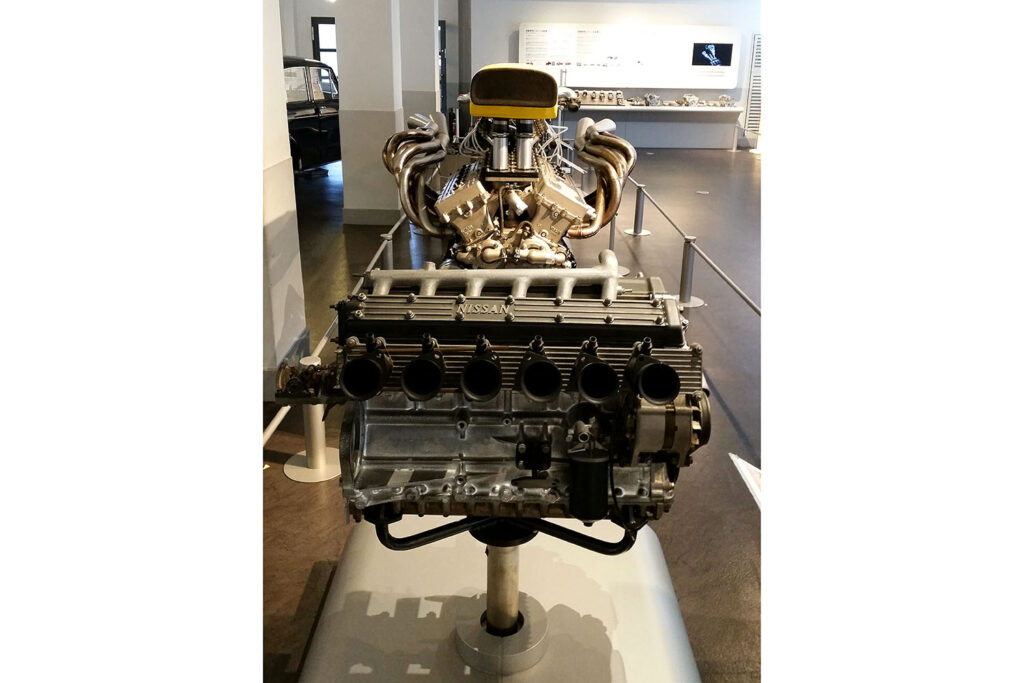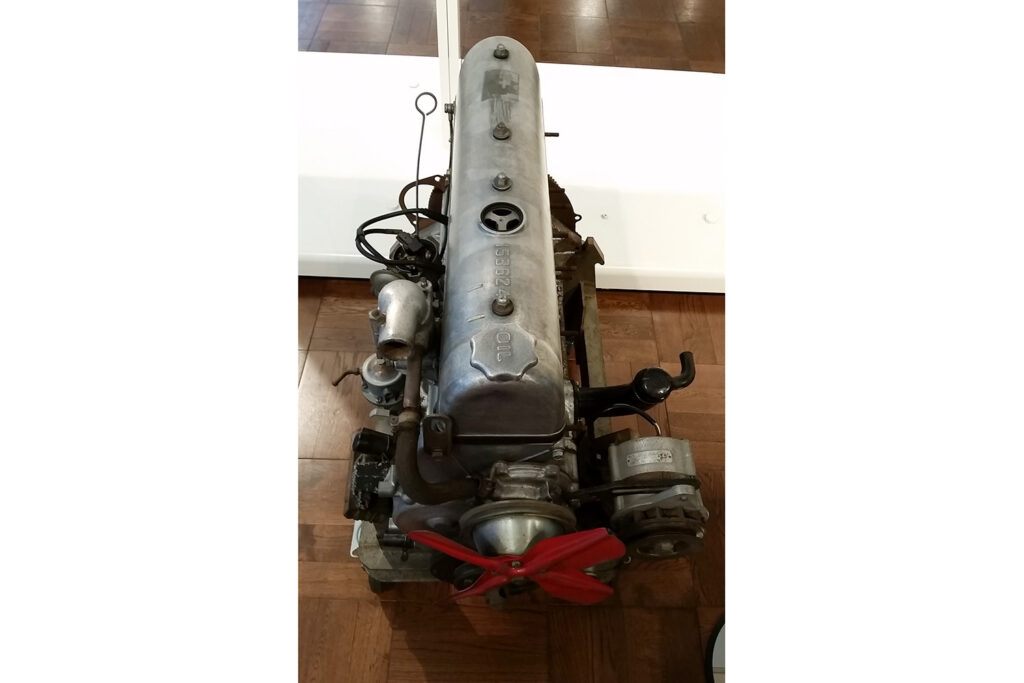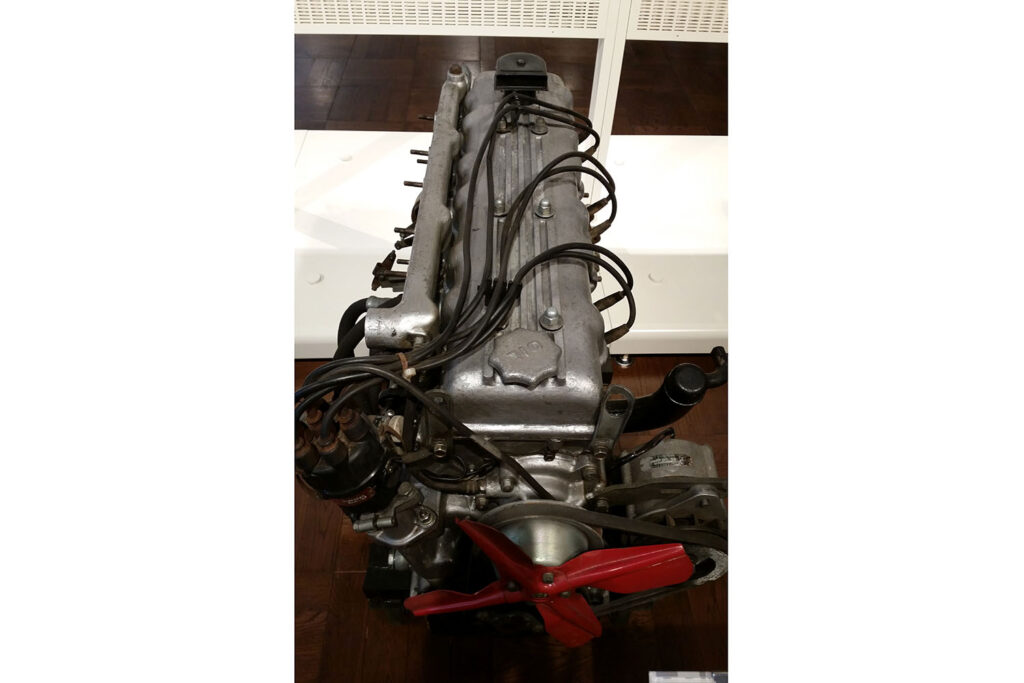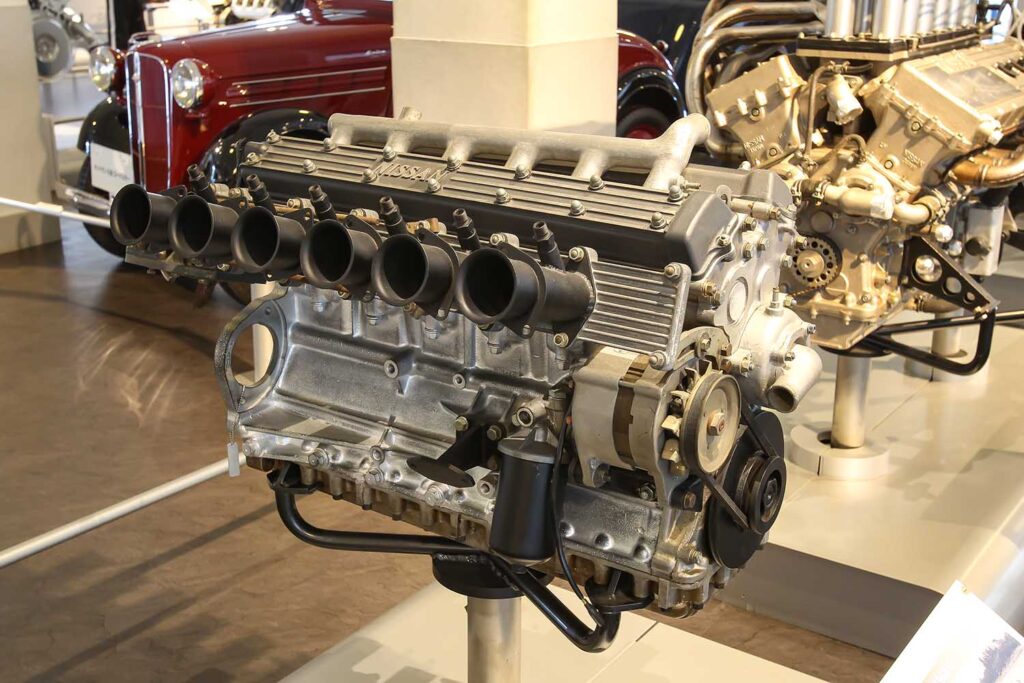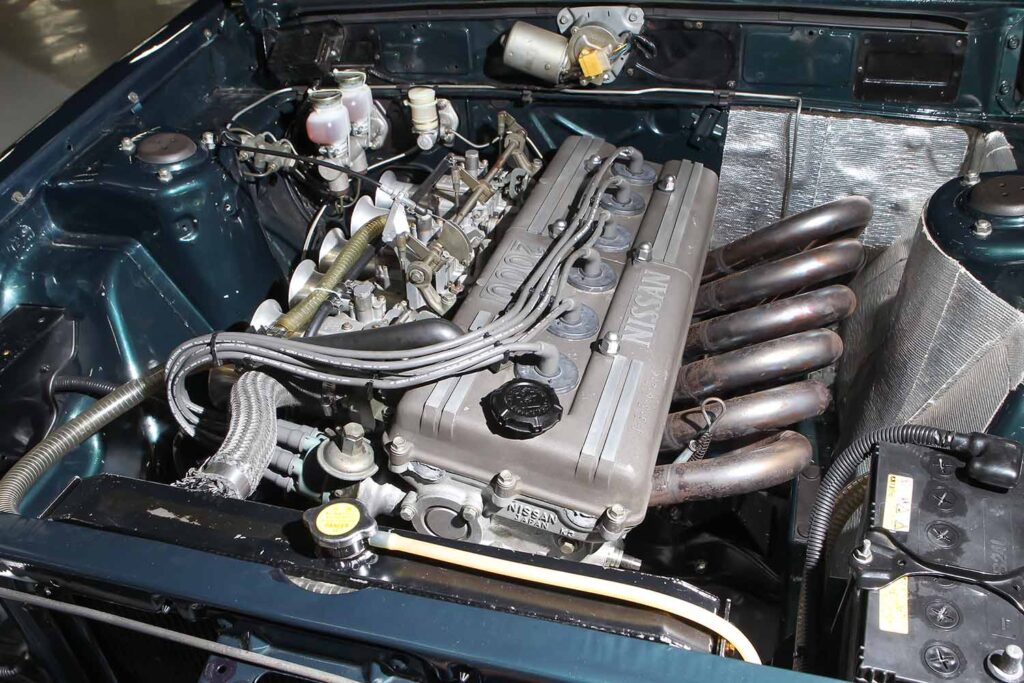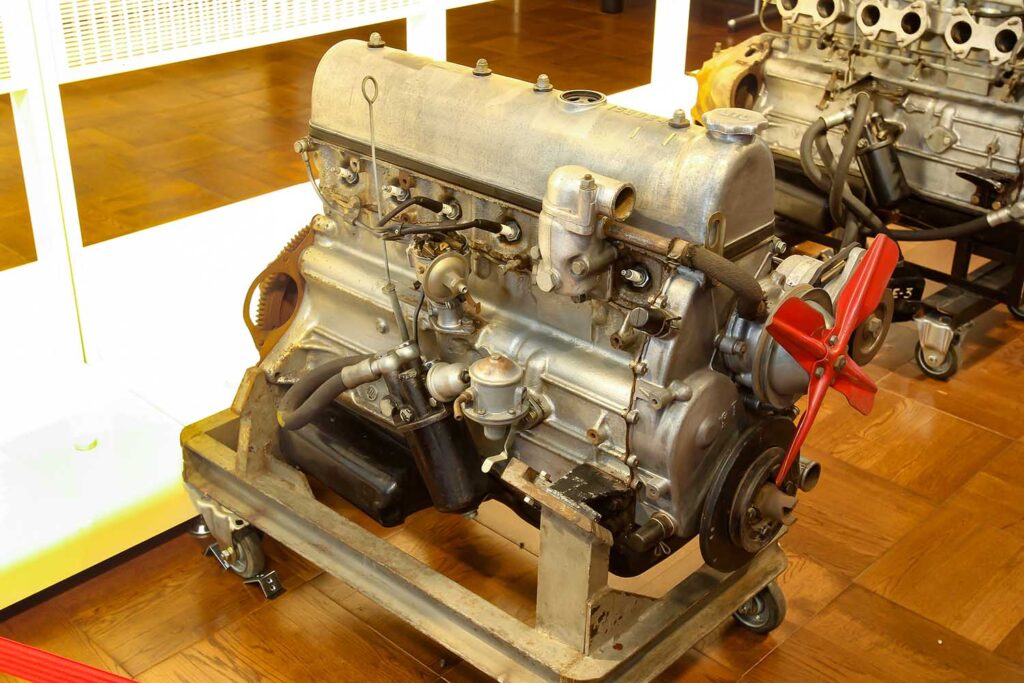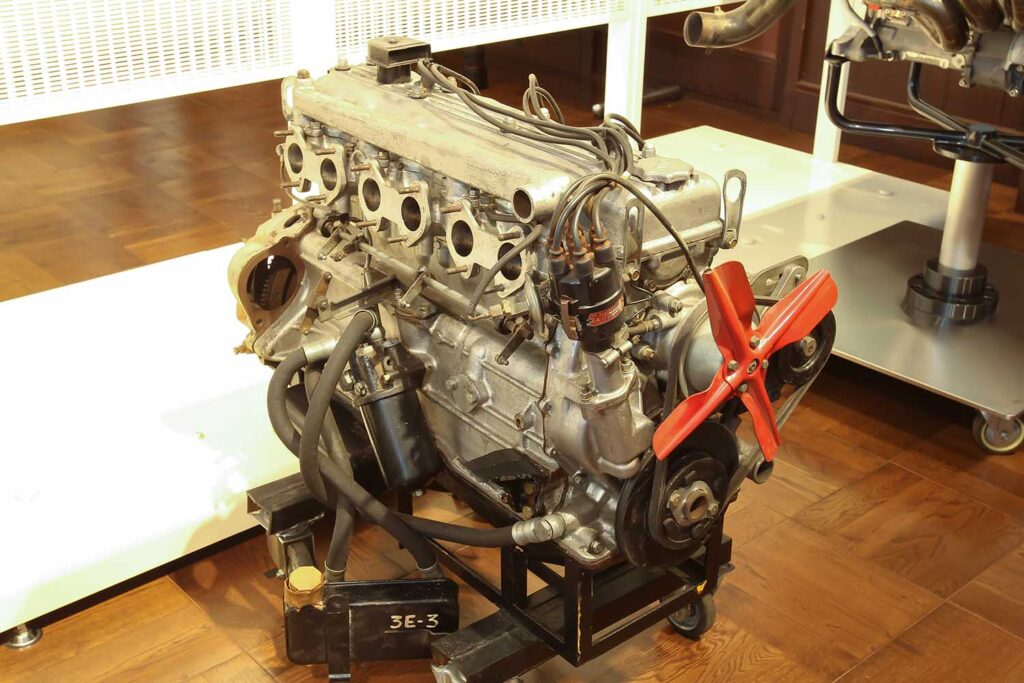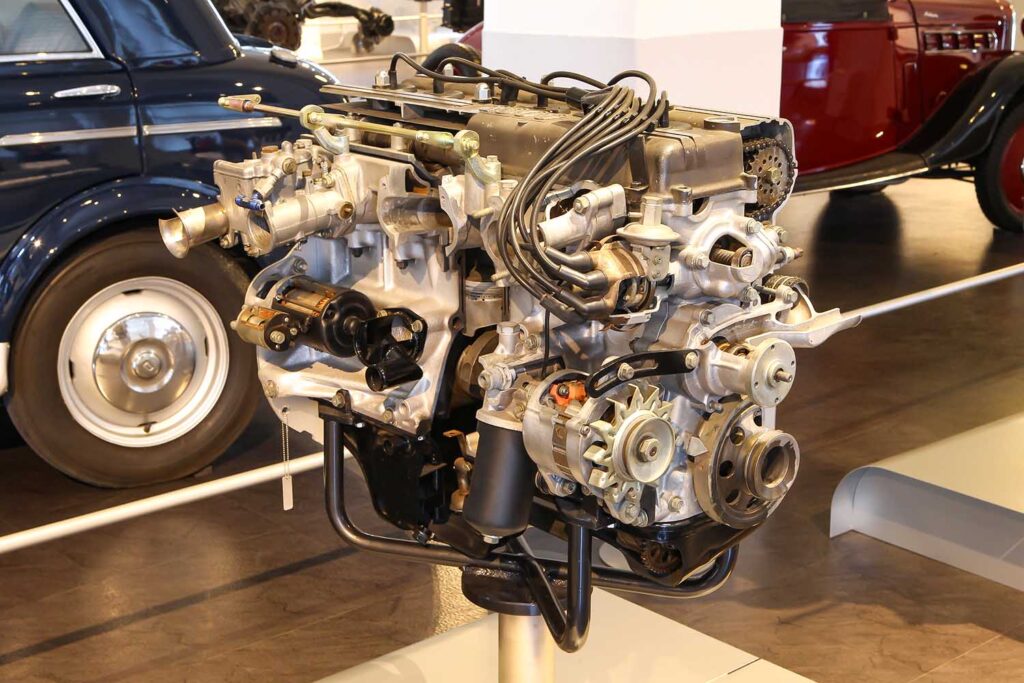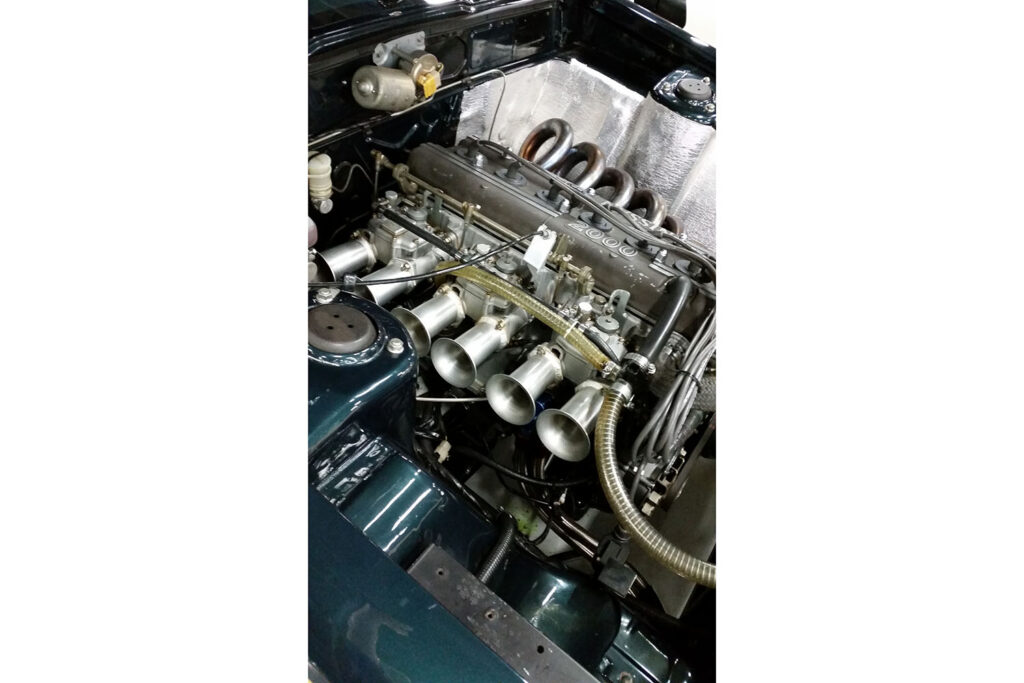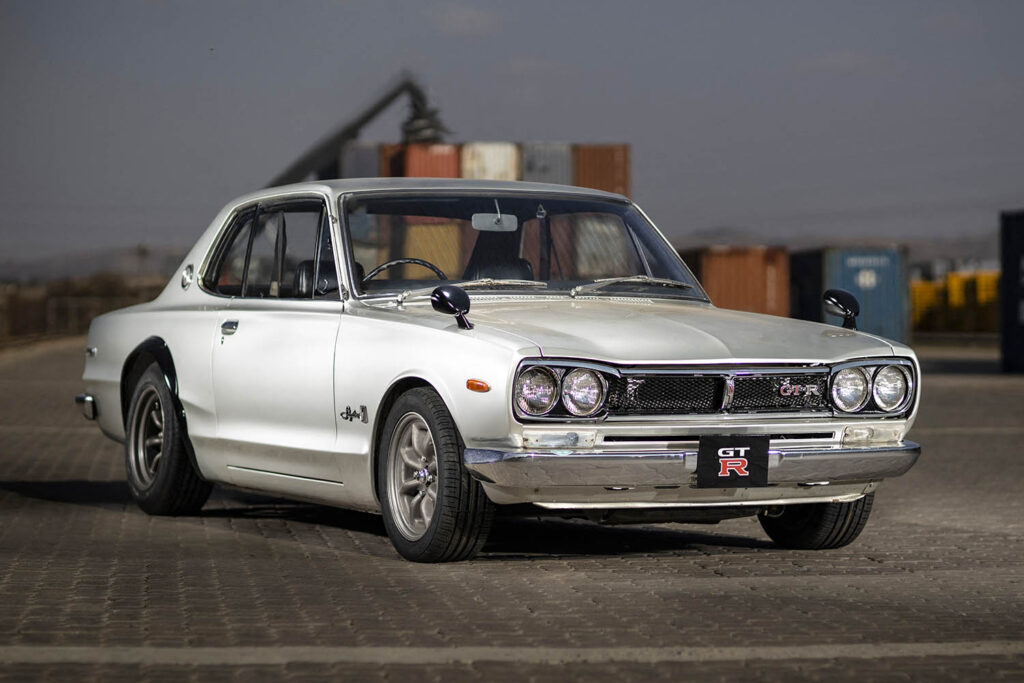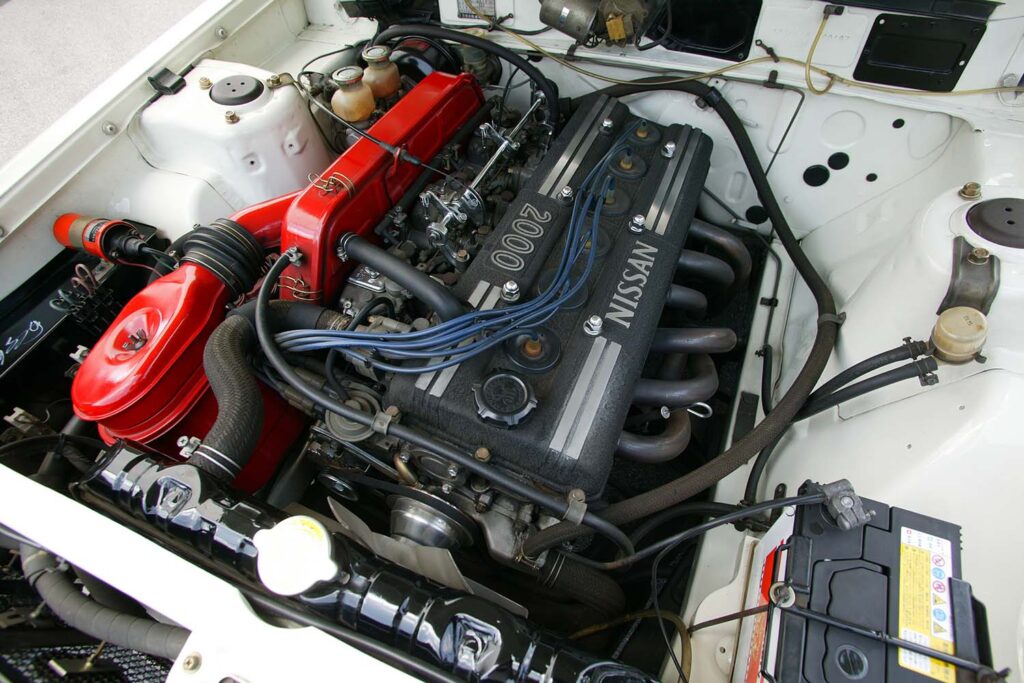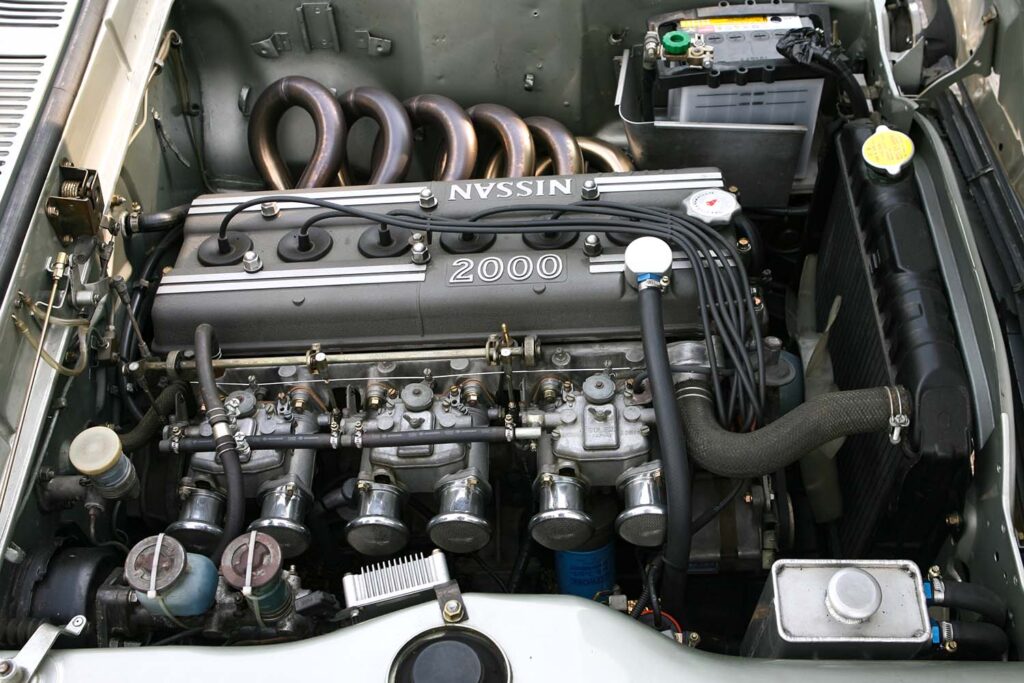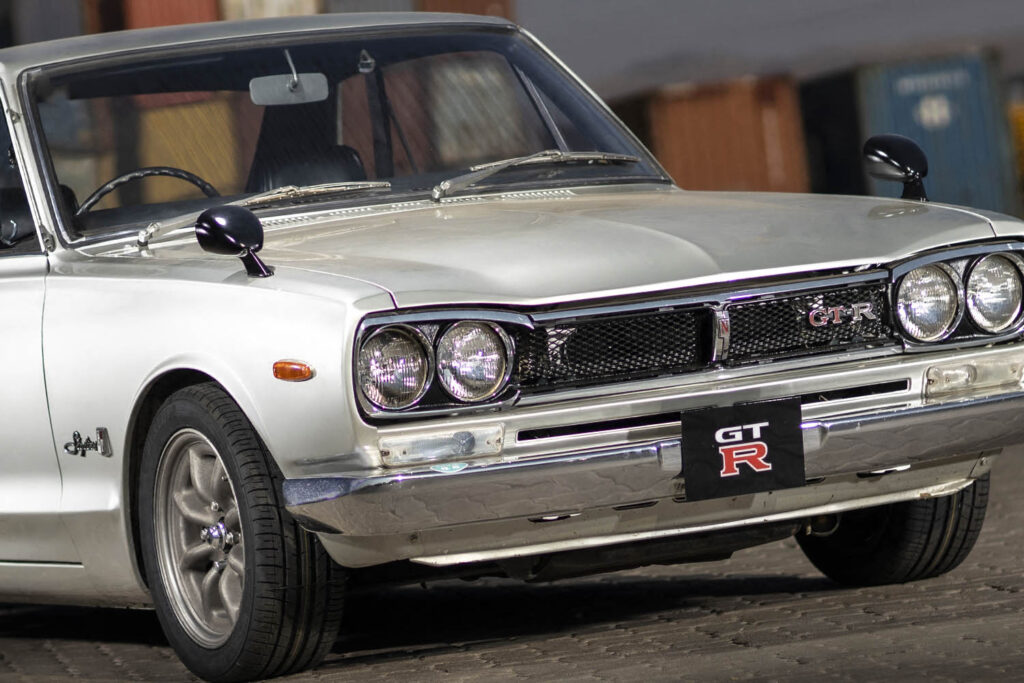The maximum output of the race-spec version was 255 hp
The S20 engine was introduced as a mass-production model based on the GR8 engine, which was built to refine high performance. The main changes were the cylinder head, camshaft drive system, and wet sump, while the cylinder head was integrated with the cam carrier to improve production and increase rigidity.
Also, the GR8 engine used small-diameter lifters stacked on top of the valve springs to reduce the weight of the valve lifters, while the S20 engine used larger lifters to lower the cylinder head. The valve diameter was also enlarged.
The integrated cam carrier made the upper surface of the cylinder head parallel to the lower surface, and the cylinder cover was designed with the intake and exhaust sides integrated. This led to Nissan’s first headcover sculpting designer. The idea of focusing on the head cover as the face of the engine was also born here.
There are many other differences between the GR8 and S20 engines. One example is that the stroke was shortened by 0.2 mm, so that the GR8 engine had a displacement of 1996 cc, while the S20 engine had a displacement of 1989 cc. However, the idea is that this is designed to give more room for boring. It can be said that the engine was prepared in advance so that it could be oversized when tuning was carried out.
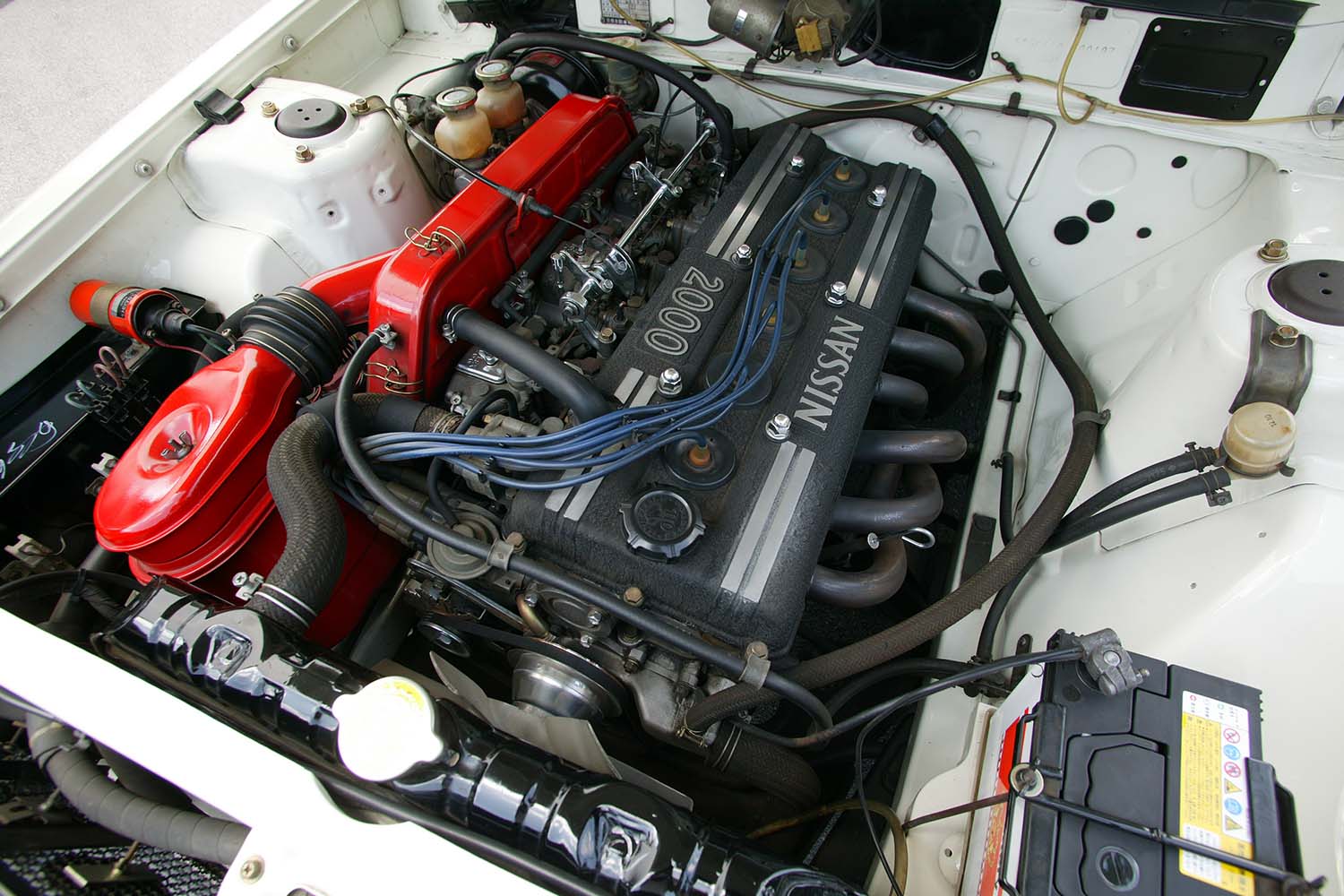
The GR8 engine had a Weber carburetor, but the S20 engine used a Solex carburetor, which was successfully mass-produced by Mikuni Kogyo, partly to reduce procurement costs. Incidentally, the same Lucas fuel supply system as the GR8 engine was used in the race, and it is said that the maximum output of the race-spec S20 engine was eventually raised to 255 hp.
translated by DeepL





